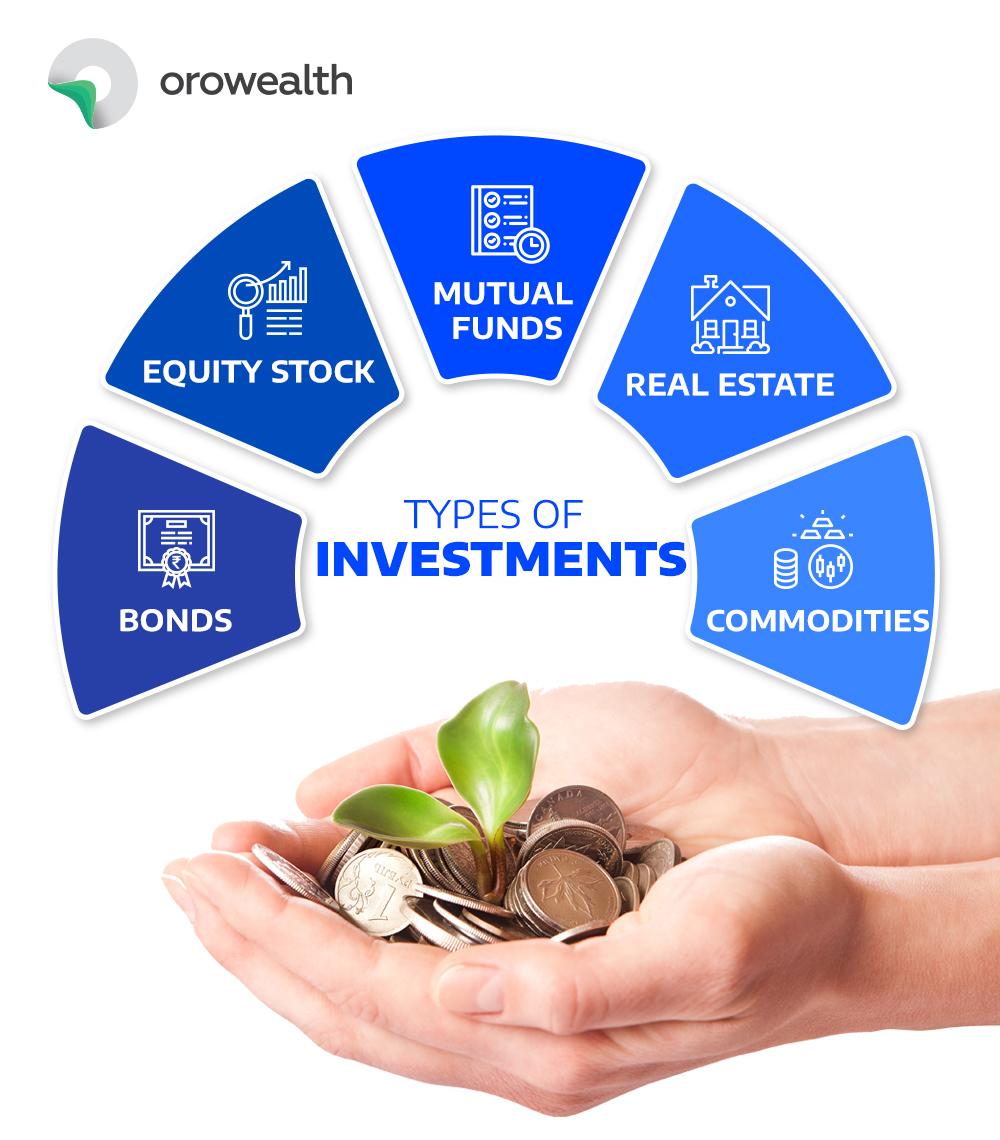
The Ultimate Investment Checklist Printable: A Guide to Smart Investing
Investing can be a complex and daunting task, especially for beginners. With so many investment options available and so much information to process, it’s easy to feel overwhelmed and make mistakes. That’s where an investment checklist comes in handy. An investment checklist is a comprehensive guide that helps you assess your financial situation, set investment goals, research investment options, and make informed decisions.
In this article, we’ll provide you with an ultimate investment checklist printable that you can use to guide your investment journey. This checklist covers all the essential steps you need to take before making any investment decisions. By following this checklist, you can increase your chances of success and minimize your risks.
Why Use an Investment Checklist?
Before we dive into the checklist itself, let’s first discuss why it’s important to use an investment checklist in the first place. Here are some of the key benefits:
- Stay Organized: An investment checklist helps you stay organized and focused on your investment goals. It provides a structured framework for your investment process, ensuring that you don’t miss any important steps.
- Avoid Mistakes: Investing without a plan can lead to costly mistakes. An investment checklist helps you identify potential risks and avoid common pitfalls.
- Make Informed Decisions: An investment checklist prompts you to research and analyze investment options thoroughly. This allows you to make informed decisions based on facts and data, rather than emotions or gut feelings.
- Track Progress: An investment checklist allows you to track your progress and see how far you’ve come. This can be motivating and help you stay on track with your investment goals.
- Reduce Stress: Investing can be stressful, especially when you’re unsure of what you’re doing. An investment checklist provides a sense of control and reduces anxiety by giving you a clear roadmap to follow.
The Ultimate Investment Checklist Printable
Now, let’s get to the main part of this article: the ultimate investment checklist printable. This checklist is divided into several sections, each covering a different aspect of the investment process.
Section 1: Assess Your Financial Situation
Before you start investing, it’s crucial to have a clear understanding of your financial situation. This includes your income, expenses, debts, and assets. Use the following checklist items to assess your financial situation:
- [ ] Calculate your net worth (assets minus liabilities).
- [ ] Track your monthly income and expenses.
- [ ] Identify areas where you can reduce expenses and save more money.
- [ ] Pay off high-interest debts, such as credit card debt.
- [ ] Build an emergency fund to cover unexpected expenses (3-6 months of living expenses).
- [ ] Review your credit report and address any errors or negative items.
Section 2: Set Investment Goals
Once you have a good understanding of your financial situation, it’s time to set your investment goals. What do you want to achieve with your investments? Are you saving for retirement, a down payment on a house, or your children’s education? Use the following checklist items to set your investment goals:
- [ ] Define your investment goals (e.g., retirement, down payment, education).
- [ ] Determine your investment time horizon (how long you have to reach your goals).
- [ ] Assess your risk tolerance (how much risk you’re willing to take).
- [ ] Calculate the amount of money you need to reach your goals.
- [ ] Set realistic and achievable investment goals.
- [ ] Prioritize your investment goals based on importance and urgency.
Section 3: Research Investment Options
Now that you have set your investment goals, it’s time to research different investment options. There are many different types of investments available, each with its own risks and rewards. Use the following checklist items to research investment options:
- [ ] Research different types of investments (e.g., stocks, bonds, mutual funds, real estate).
- [ ] Understand the risks and rewards of each investment option.
- [ ] Consider your investment time horizon and risk tolerance when choosing investments.
- [ ] Read investment books, articles, and websites.
- [ ] Consult with a financial advisor if needed.
- [ ] Diversify your investments to reduce risk.
Section 4: Develop an Investment Strategy
Once you have researched different investment options, it’s time to develop an investment strategy. This involves deciding how you will allocate your assets among different investments. Use the following checklist items to develop an investment strategy:
- [ ] Determine your asset allocation (percentage of investments in each asset class).
- [ ] Choose specific investments that align with your investment goals and risk tolerance.
- [ ] Decide how often you will rebalance your portfolio (adjust your asset allocation).
- [ ] Consider using a dollar-cost averaging strategy (investing a fixed amount of money at regular intervals).
- [ ] Automate your investments to make it easier to stick to your plan.
- [ ] Review and adjust your investment strategy as needed.
Section 5: Open an Investment Account
Once you have developed an investment strategy, it’s time to open an investment account. There are many different types of investment accounts available, each with its own tax advantages. Use the following checklist items to open an investment account:
- [ ] Choose the right type of investment account for your needs (e.g., Roth IRA, 401(k), taxable brokerage account).
- [ ] Research different brokerage firms and compare their fees, services, and investment options.
- [ ] Open an account and fund it with the money you want to invest.
- [ ] Set up automatic contributions to your account.
- [ ] Review your account statements regularly.
- [ ] Keep track of your investment performance.
Section 6: Monitor and Adjust Your Investments
Once you have opened an investment account and started investing, it’s important to monitor and adjust your investments regularly. This will help you stay on track with your investment goals and minimize your risks. Use the following checklist items to monitor and adjust your investments:
- [ ] Review your investment portfolio regularly (at least quarterly).
- [ ] Track your investment performance and compare it to your benchmarks.
- [ ] Rebalance your portfolio as needed to maintain your desired asset allocation.
- [ ] Adjust your investment strategy as your financial situation and investment goals change.
- [ ] Stay informed about market trends and economic conditions.
- [ ] Seek professional advice if needed.
Conclusion
Investing can be a rewarding experience, but it’s important to approach it with a plan. By using an investment checklist, you can stay organized, avoid mistakes, make informed decisions, track your progress, and reduce stress. The ultimate investment checklist printable provided in this article covers all the essential steps you need to take before making any investment decisions. So, download the checklist, print it out, and start using it today to guide your investment journey. Good luck!


